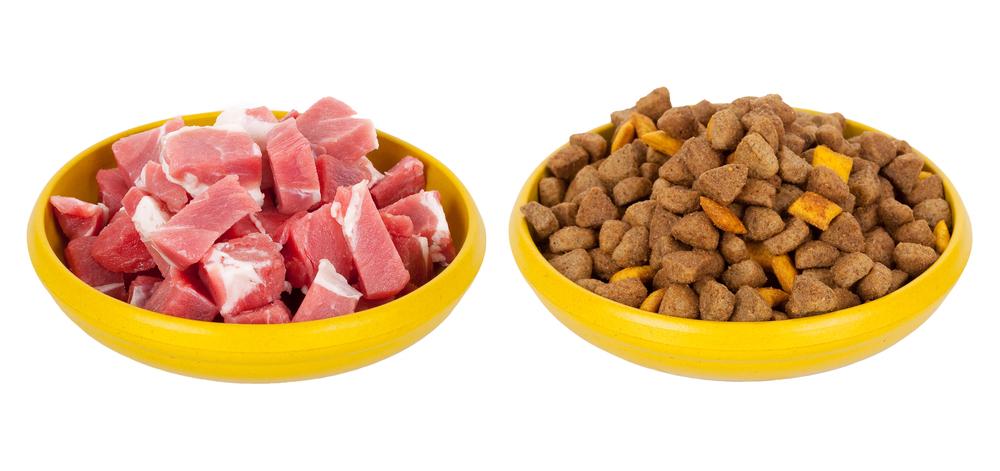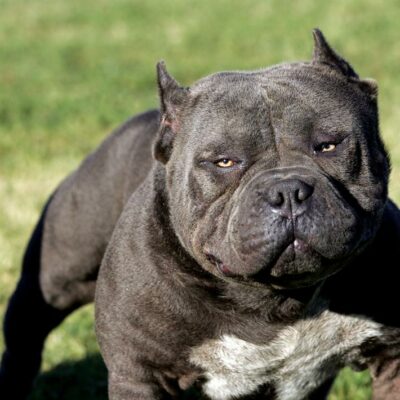
An overview on raw pet food
Just as humans follow a diet to be fit and healthy, pets also need to follow one so that they stay strong and healthy as they grow old. An increasing number of pet owners are trying to put their dogs on raw diets, also known as the BARF (bones and raw food) diet. Consisting of various raw meats, vegetables, bones, and supplements, BARF diet is an alternative to dry dog food. However, pet parents have many apprehensions when feeding raw fills to their pets. After all, pet nutrition is not something that you can take lightly. If you are thinking of switching your dog’s dry food with a raw diet, you need to know a few things first. The following is a beginner’s guide to raw dog food diet that would help.
Types of raw diet
A typical raw dog food diet consists of everything that a dog would eat in the wild, including skin, carcasses of bones, hair/feathers, muscle meat, organs, connective tissue, and fat. However, providing exactly all this is impractical for most pet owners. Therefore, you can count on the BARF diet that includes chopped or grounded raw meat, organs, and bones, along with dairy products, fruits and vegetables, and supplements.
The ratio
To give your dog an ideal raw dog food diet, you need to strike a perfect meat, bone, and organ ratio. The amount of raw food that you would feed should be 2-3% of your dog’s weight. The approximate ratio should be 5-10% organs, 80-85% muscle meat with connective tissue and fat, and 10% raw meaty bones. Getting the right amount would take some trial and error. You should also monitor your dog’s poop as it helps to detect whether the raw food diet is working for them or no.
Vitamins and minerals
Vitamins and minerals are essential for your dog’s health. You should ensure that the raw dog food diet that you serve contains vitamins and minerals in a balanced proportion. For example, zinc and copper, potassium and sodium, calcium and phosphorus, vitamin E and omega 3, and omega 3 and omega 6 need to be balanced with each other. Their imbalance can interfere with your dog’s health. Meat and bone have phosphorus in abundance, which can diminish calcium reserve in your dog’s body. This wouldn’t happen if the raw food diet has balanced vitamins and minerals.
Go slow
Just like in humans, a diet change can cause an upset stomach in pets also. Therefore, you need to go slow with the diet change. Start with a single protein and then slowly start offering your pet a variety of raw diet. The more time you give your pet to adjust to the diet change, the better would be the response. This is in contrast to the situation when a pet gets an upset stomach because of a sudden diet change.


